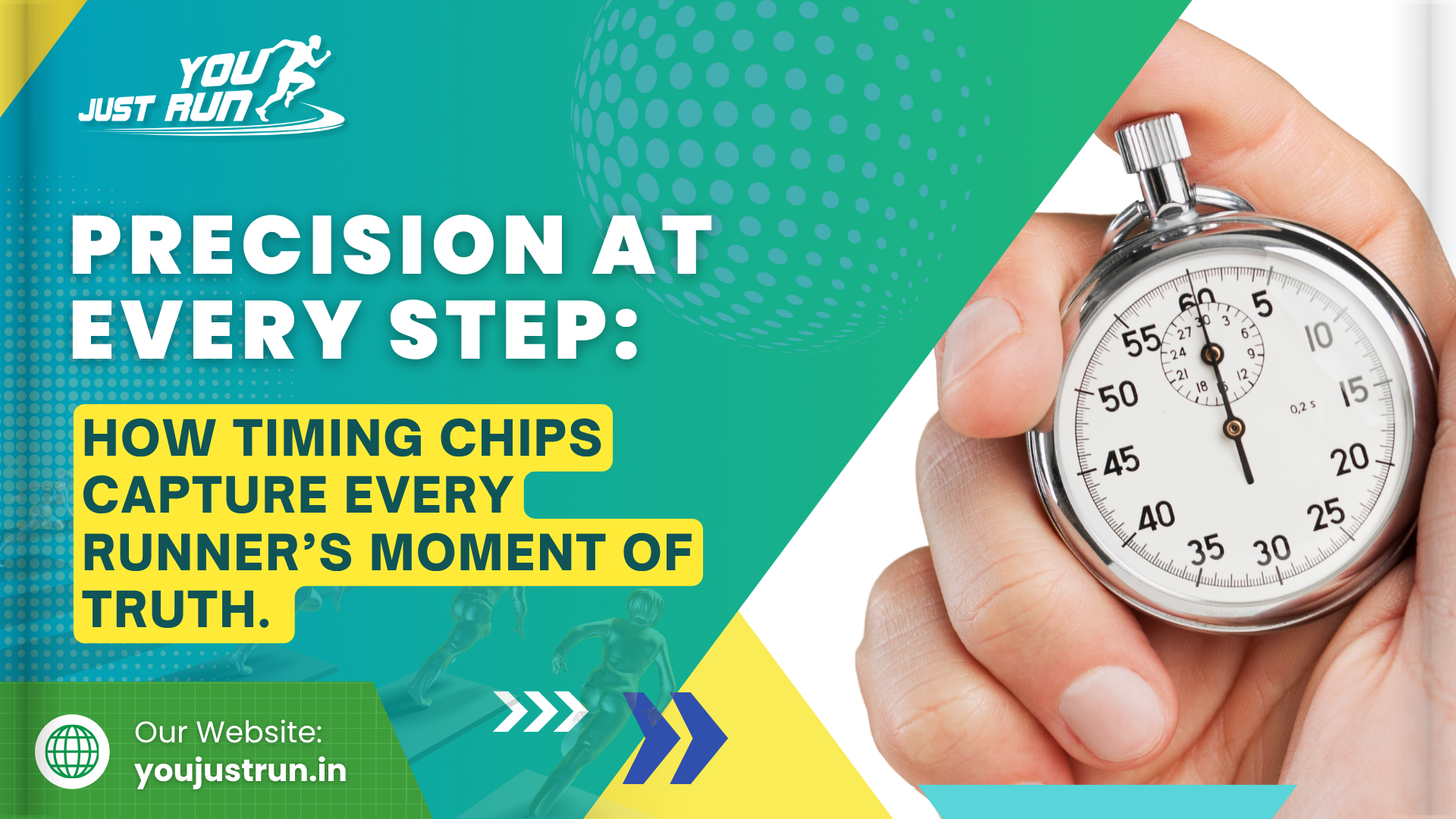When you step across the finish line, the first thing on your mind isn’t water—it’s your race timing result.
That special number that symbolizes your effort, pace, and persistence is more than a series of numbers on a display. It’s the result of a high-tech system hard at work behind the scenes—quietly and flawlessly—to record your race from the starter gun to the last stride.
But what actually occurs within that brief journey of a second?
Let’s peel back the curtain on Race Timing Results and explore the remarkable tech and teamwork behind every accurate finish time.
The Importance of That “Second”
For many runners, a single second can mean:
- A new personal best
- A Boston Marathon qualifier
- A podium finish
- A missed cutoff
That second, while invisible to the eye, becomes everything to the athlete. And it’s why race timing results need to be accurate, fast, and trustworthy.
The Tech Brain: Timing Chips and RFID Tags
A timing chip, usually inserted in:
- Your bib number
- A shoe tag
- An ankle band (usually for triathlons)
These chips utilize RFID (Radio Frequency Identification) technology to transmit signals to antennas located at checkpoints along the racecourse.
Every chip carries a distinct ID to match your registration. Thus, when you pass over a timing mat—at the beginning, middle, or end—your chip signal is registered with an accurate timestamp.
Gun Time vs. Chip Time
Your race timing result might display two finishing times:
Gun Time: The time since the race officially began.
Chip Time: The time from when you cross the start line until you reach the finish.
For competitive races, prizes are typically running time. But for personal bests and age-group objectives, it is chip time that matters.
This two-timing feature is the reason mat placement and sensor calibration are imperative, particularly in big races with staggered starts.
Live Updates and Real-Time Tracking
Sophisticated systems like those employed by You Just Run now provide live tracking, enabling friends and spectators to:
- View your current location on a map
- Receive text/email notifications when you cross checkpoints
- Track several runners in one event
These features are based on:
- Cloud-based timing software
- GPS integration on devices or bibs
- Cellular data transmission from the course-side gear
So when your fans receive a text stating, “You just crossed the 10K mark at 45:32,” it isn’t magic—it’s technology, computing in milliseconds.
The Role of Backup Systems
Even with technology, human involvement remains important. Expert race timers design redundancies into their system to guard against:
- Signal interference
- Equipment malfunction
- Human setup errors
Backup timing practices include:
- Manual stopwatch timing (for high-place finishers)
- Video recorded and synchronized with chip data
- Secondary mats or scanners for verification
This makes your race timing results accurate and legally justifiable, particularly in qualifying events.
From Data to Dashboard: How Results Are Posted
Once your chip is scanned at the finish line:
- The time stamp is sent to the main server.
- Your time is correlated with your bib and your name.
- The outcome is determined based on chip time (and sometimes pace, splits, and rankings).
- Your information is uploaded to online sites, apps, or finish-line displays.
In large events, all this is done within a few seconds of you crossing the line. Events using software like You Just Run even offer:
- Personalized finisher pages
- Downloadable certificates
- Shareable social media graphics
…within minutes.
Behind the Scenes: The Timer’s Day Begins Before Yours
The precision that you see at the finish line is the product of:
- Pre-race chip testing
- Antenna placement and calibration
- Network setup (Wi-Fi, cellular, or LAN)
- Team coordination with race directors
Timers usually begin at dawn, in the dark, and don’t leave till the final runner is in. They’re the unsung heroes ensuring each athlete achieves the performance they’ve worked towards.
The Future of Race Timing
With advances in wearable technology, so will race timing systems. In the not-too-distant future, we might expect:
- Smartphone-based tracking over Bluetooth
- Biometric synchronization with wearables such as smartwatches
- AI-driven timing prediction for pacing assistance
- Augmented reality race statistics for live spectators
But however high-tech we become; one thing never changes—the second-to-second journey of the athlete is still the story.
Conclusion
Your race timing outcome isn’t a figure. It’s a computer record of your determination, your practice, and your under-pressure performance. And behind the figure, an unseen army of technology, planning, and professionals works to make every second count—literally.
So the next time you glance and see your finish time light up on a board, take a moment to look back on what went into causing that second to appear, and how it precisely reflects the miles just run.









